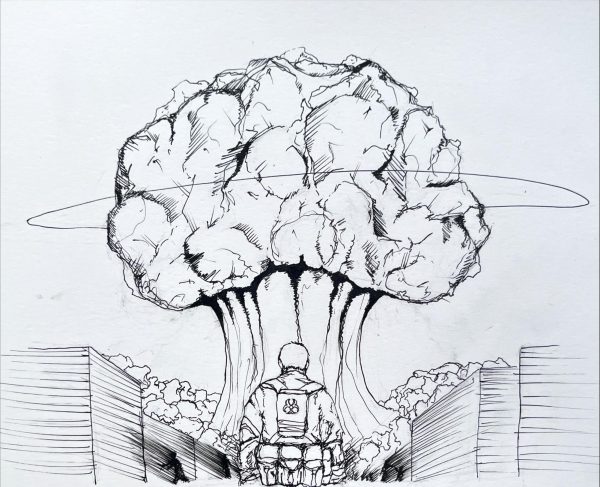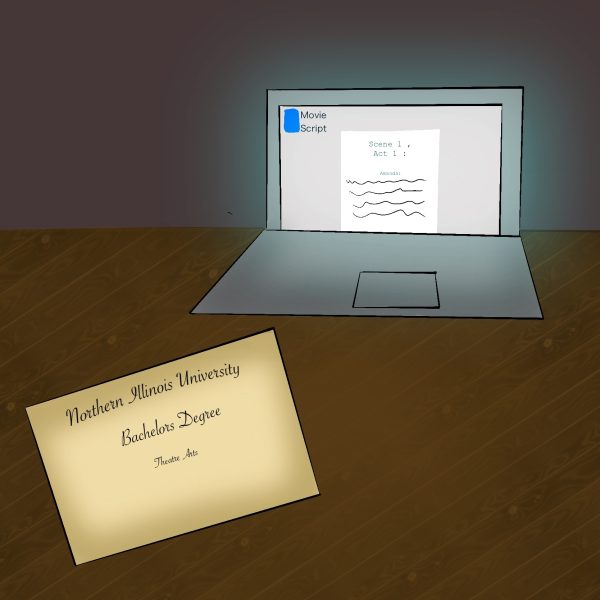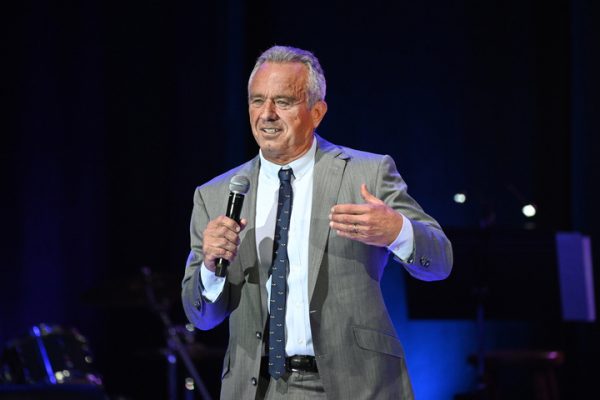Point Counterpoint: Concealed Carry
September 24, 2013
AJ Edwards
Carry law needs guidance
On July 9, Illinois approved the Firearm Concealed Carry Act, giving licensed residents permission to carry a concealed handgun. While I can see the good intentions behind this act and support it to an extent, I feel Illinois needs to iron out a few details before making concealed carry available on Jan. 5.
My primary concern is for the safety of students off campus. While the act bans any carry of a weapon on campus, there is still some concern about how it will affect areas surrounding NIU. At University Council, Deborah Haliczer, a representative for supportive professional staff, said there was concern among faculty members about safety even with the ban of weapons on campus.
A major point of concern I share with Haliczer is the traffic passing through campus on Annie Glidden and Normal roads. These roads are not technically parts of campus and the ban would not necessarily apply to them.
If this law is going to be effective, Illinois’ legislature needs to come up with some more definite guidelines quickly.
Illinois needs to take more time ensuring its police officers receive enough training to cope with that level of stress and still be allowed to make decisions to continue protecting the public.
Concealed carry has good intentions, but Illinois has not ironed out all the edges to this legislation, which could potentially do more harm than good.
Holly New
Control risks civilian safety
As Illinois gears up for the implementation of concealed carry, gun talks have spiked again.
Unfortunately, they only take precedence after a shooting. The Sept. 16 attack points out several problems that come with gun legislation.
The first is hardly anyone in the Navy Yard had a gun.
Talks have centered on Army Regulation 190-14, a piece of legislation from 1992 which laid out guidelines for who can hold firearms on military bases. It states “authorization to carry firearms shall be issued only to qualified personnel when there is a reasonable expectation that life or DoD assets will be jeopardized if firearms are not carried.”
This particular Navy yard had mostly civilians and contractors. There was not a large security force present.
This legislation should have been put into question after the shooting at Fort Hood in 2009. If people can’t arm themselves and feel safe at even a military base, where can civilians feel safe?
Any major shooting points to the larger problem that legislation never stops the bad guy from obtaining a weapon. How did taking guns away help the Navy yard victims? The answer is simple: It didn’t.
Concealed carry is only a small fragment of the gun debate. It will never end until society sees that when people can’t legally arm themselves, shootings will still happen. It’s easier to shoot someone who you know can’t shoot back.











